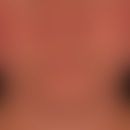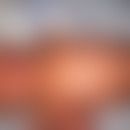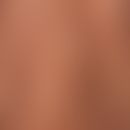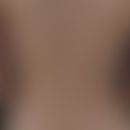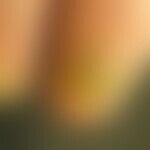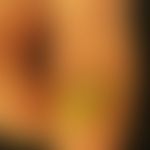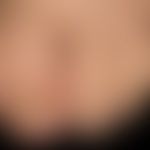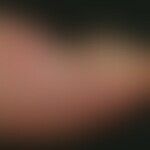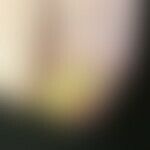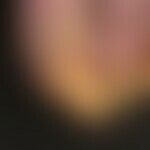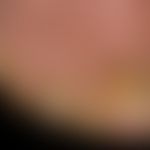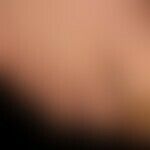Synonym(s)
HistoryThis section has been translated automatically.
Lovibond 1938; Schamroth 1976;
DefinitionThis section has been translated automatically.
Usually strongly arched, thickened, often yellowish or yellow-brownish discolored, claw-like, hardened nail. This is caused by a growth disorder of the nail root.
You might also be interested in
EtiopathogenesisThis section has been translated automatically.
Irritation of the toenails due to unsuitable footwear.
Due to extreme neglect of personal hygiene (Ko D et al. 2018).
Chronic, repetitive trauma (e.g. from playing football; often the big toe nail is affected).
Predisposing effects, advanced age, peripheral circulatory disorders, chronic venous insufficiency, malpositioning of the foot (hallux valgus).
In autosomal dominant onychogrypose all toenails and fingernails can be affected from birth. The"Fischer syndrome" is also characterized by a congenital onychogrypose.
ManifestationThis section has been translated automatically.
In case of traumatic genesis also occurring in younger people.
Otherwise mainly in older people (neglected nail care), especially with underlying diseases such as psoriasis, syphilis, leprosy, ichthyosis, diphtheria, mycoses, frostbite.
LocalizationThis section has been translated automatically.
Primarily the toenails are affected; here it occurs mainly on the big toenails; less frequently other or several toenails are affected.
ClinicThis section has been translated automatically.
The nail is abnormal, sometimes grotesquely misshapen, thickened, yellowish or yellowish-brownish discolored. The surface of the nail is characterized by transverse bulges or longitudinal grooves.
Frequently (especially with the big toe nail) the nail deviates laterally from its original growth direction. From time to time a reversal of the direction of growth (from horizontal to vertical) causes a grotesque piling up of the nail (see picture). On the other hand, extreme neglect of nail hygiene can lead to formations in which the nail rolls up in a spiral like the horn of a ram (Chang P et al. 2015).
It is not uncommon for complicated mycotic infections of the nail to occur (see figure).
TherapyThis section has been translated automatically.
Elimination of the cause (e.g. chronic repetitive pressure), grinding and smoothing of the nail surface with a rotating burr. The flattened nail can be additionally covered with an occlusive patch (e.g. Zalain nail patch), which is changed weekly.
If the findings are pronounced, extraction of the nail with sclerotherapy of the nail matrix should be considered.
Progression/forecastThis section has been translated automatically.
Experience has shown that onychogrypotent modified toenails do not regress over a longer period of time, as the nail root is irreversibly damaged.
LiteratureThis section has been translated automatically.
- Chang P et al (2015) Onychogryphosis: A Report of Ten Cases. Skinmed 13:355-359.
- Ko D et al (2018) Onychogryphosis: Case Report and Review of the Literature.
Skin Appendage Disord 4:326-330.
Incoming links (16)
Acrodermatitis enteropathica; Age nail; Claw nail; Crooked nail; Crusted Scabies; Epidermolysis bullosa simplex "ogna; Fischer syndrome; Gryposis; Keratosis follicularis acneiformis, Siemens type; Nail; ... Show allOutgoing links (8)
Diphtheria; Fischer syndrome; Frostbite; Ichthyosis (overview); Leprosy (overview); Mycoses; Psoriasis (Übersicht); Syphilis (overview);Disclaimer
Please ask your physician for a reliable diagnosis. This website is only meant as a reference.
